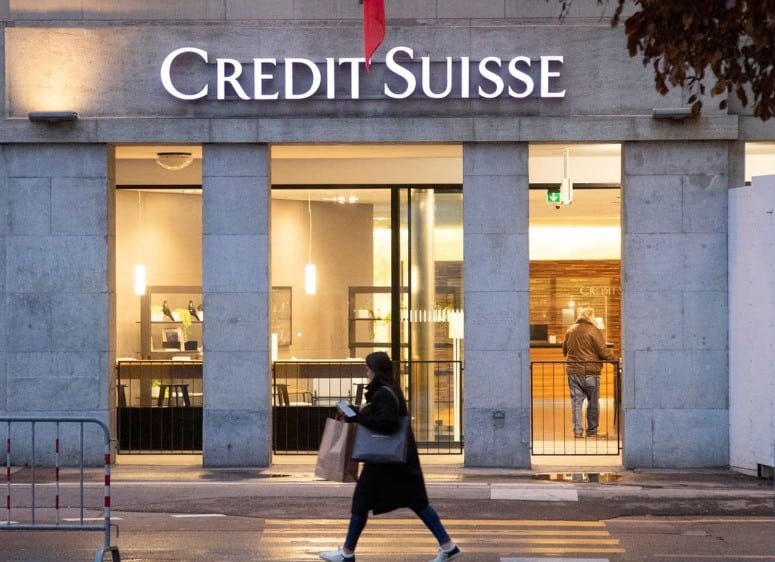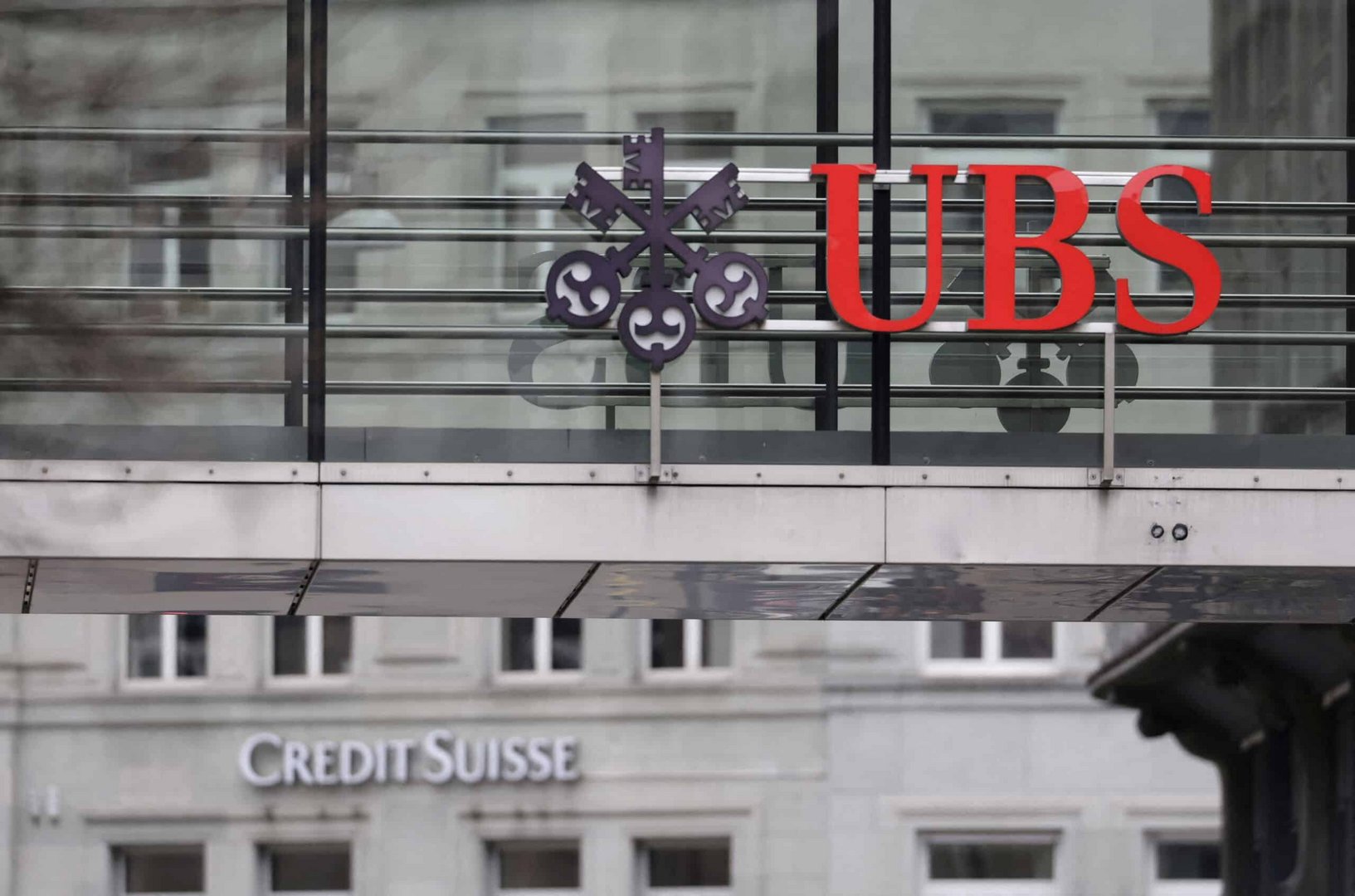By Ioannis Tirkides
Surely the collapse of Silicon Valley and Signature banks in the United States, and even the takeover of Credit Suisse by UBS, have idiosyncratic elements that led to the loss of confidence in these institutions and ultimately to their demise. Silicon and Signature did some very elementary errors, and Credit Suisse did some serious blunders that cost a lot of money.
In all cases, there were liquidity runs on the banks, and some weaknesses in regulatory oversight were revealed. After a protracted period of excessively low interest rates, many businesses’ models, in and out of the banking system, have grown dependent on cheap money. Unsurprisingly, the normalization of interest rates is bound to cause some financial distress, and we may have not seen the end of it. In this article, we discuss the complexities of what is involved in these failures, the implications for inflation and inflation targeting, and the trade-offs with financial stability.
We also discuss the Cyprus banking sector briefly. We conclude that while the systemic banking sector remains robust, the pace of monetary tightening will slow from here on; credit expansion may reverse gear as banks seek to eliminate their riskier exposures and further strengthen their balance sheets.
But first, the Silicon Valley Bank
Silicon was not a very large bank and definitely not systemic of itself. But it was a very particular bank sitting at the heart of the important startup sector. Its customers were a particular breed of millionaires, who, oddly, made up both sides of the balance sheet, assets, and liabilities. We explain.
Startups, and technology startups in particular, do not make any money in their early stages. Some never do. The cash they were depositing at Silicon was coming from venture capitalists in return for equity. This was hot money in effect, that the startups, would draw on to run their businesses. Then the Silicon Valley managers decided to invest these hot deposits in Treasuries – notes and bonds – of the US government. But if you are going to match hot money deposits with Treasuries, you would them in short-term maturities. Instead, Silicon managers invested in long-term assets when interest rates were very low.
When a safe bond is not safe
But long-term government assets, are vulnerable to interest rate changes. A bond is a promise by the government to pay a certain fixed interest every year for the life of the bond, and at maturity to pay back the principal, all intact. Holding the bond to maturity, is pretty safe regardless of what happens to interest rates in the interim period. But this is not so, when you need to sell the bond before it matures at a time when market interest rates have risen. The value of the original bond will drop relative to what the new level of interest is, so that the purchaser will make the same return for the remaining life of the bond as he would, by purchasing a new bond paying the higher interest rate.
This is what happened at Silicon Valley Bank. They had a surge of hot money deposits in 2021, when interest rates were low. They put these deposits in long-term government bonds. This exposed the bank to a large liquidity risk, without hedging, that would materialise if interest rates were to rise, which they did. Faced with deposit withdrawals, Silicon Valley had to liquidate long-dated securities at a large loss due to the higher interest rates. Fearing solvency problems, clients started to withdraw their deposits in large numbers leading to a bank run, forcing regulatory interference.

The controversial bailout
Silicon Valley Bank was not a big bank and certainly not a bank that was too big to fail. So, the normal course of action would be to resolve it and to bail in the uninsured depositors. Instead, the FDIC announced a massive bailout with an unlimited guarantee for all deposits, insured and uninsured.
As a measure, this is not unprecedented. It happened again in 2008 right after the collapse of Lehman Brothers. But today’s crisis is not the same as the crisis of 2008. Then the financial system was more fragile, and the crisis was systemic. Today the financial system is more resilient and there was no real threat to financial stability.
What the unlimited deposit guarantee backstops is a potential deposits confidence crisis that would put many medium-sized banks at risk of bank runs.
The inflation fight
Raising interest rates to fight inflation works through economic austerity and recession. Companies downsize, some fail, and unemployment rises. Institutions like banks come under stress.
Because the labour market was not cooling fast enough, the thought was that the federal reserve was going to become more aggressive, and do a series of big interest rate increases, of 50 basis points each, and perhaps take the fed funds considerably higher. But at its meeting on Wednesday, March 22, the federal reserve managed only 25 basis points, signalling more caution. The ECB a few days before, increased its policy rate by 50 basis points.
The interest rate that will be needed for 2 per cent inflation might be more than the banking system can stand, and if so, a revision of the inflation target, may become necessary.
Credit Suisse
Credit Suisse was struggling for several years, plagued by missteps and scandals and large financial losses from some very bad investments. Because of the loss of confidence in the bank, there have been substantial withdrawals of very large deposits in the year before its collapse. But if you are facing a liquidity run like this you have to sell assets for cash and realise losses.
Then the Swiss National Bank did what the Federal Reserve and the Treasury Department did in the United States. They threw a lifeline of about €50 billion to shore up liquidity at the bank, offering to buy their fixed securities off their books, at par, not marked-to-market. But investors remained wary and so, Credit Suisse was finally rescued through a takeover by UBS. The Swiss government offered contingency credit guarantees and the Swiss National Bank offered substantial liquidity support.

REUTERS/Moritz Hager/File Photo
Cyprus banks
None of these idiosyncratic causes of the turmoil are present in the Cypriot banking system. It is not just a matter of better regulation and the credibility of the European Central Bank. Nor is it that Cypriot banks are very well capitalised. It is rather the nature of their balance
sheets and the changes that have taken place in the private economy since the crisis of 2012-14 that are fundamentally different now. Cypriot banks have very modest exposure to long-dated fixed-income securities, and at the same time, they have a lot of liquidity. Second, total private debt in the economy has been reduced significantly over the past decade, standing now at less than 80 per cent of GDP compared with 270 per cent at the end of 2012. Bank credit is therefore relatively low in comparison, while capital buffers are comfortably high. Lower private debt means companies are less dependent on bank credit and their interest expenses is a much smaller share of their turnovers.
A third reason has to do with the difference between real and nominal interest rates. What really matters is the real interest rate, which is the nominal interest rate minus inflation. Despite the significant rise in nominal interest rates, real interest rates are still low.
Understandably, a higher interest rate environment creates stress in the broader financial system, but the fundamentals of the Cypriot banking system are not comparable to the problems that have plagued banks in the United States or even Credit Suisse.
Lessons and conclusions
There are a number of lessons and conclusions from this episode in financial turmoil. First, the normalisation of interest rates after a very long period of extremely low interest rates following the 2008 global financial crisis, is slippery, as it is sure to reveal financial vulnerabilities. Second, unlike 2008, this is not a credit crisis, and the contagion risk can be mitigated more easily. The global economic recovery after the global financial crisis was driven by fiscal and monetary stimulus, while bank credit remained weak. Banks, hence, were placing their excess liquidity in long dated securities instead. While higher and rising interest rates cause the underlying value of these securities to drop, losses do not need to be realised unless there is a confidence failure prompting a liquidity run.
Third, the vulnerable part of the financial system is the less regulated, mid-sized regional banks, particularly in the US. Current circumstances will force their tighter regulation and potentially more consolidation, which will not necessarily be bad. Larger and more systemically important banks are not at any significant risk. A system-wide fallout should be manageable, even in the likely case that more mid-sized banks’ balance sheets come under increased pressure.
Another important lesson, is that intervening early and decisively at the beginning of any potential banking or financial crisis, is crucial, which is largely what authorities in the US and in Switzerland have done. A broader run on deposits could potentially create a domino of further bank failures, also impacting the willingness of banks to extend credit.
In closing, the banking problems revealed by the current turmoil, suggest limits to monetary tightening, and may prompt both the federal reserve and the ECB, to end monetary tightening earlier than later. If the underlying fundamentals in the global economy are for higher inflation, pursuing a lower inflation target, will necessitate higher interest rates, which will be depressing for economic growth. In the end, a revision of monetary targeting may become unavoidable. It will not necessarily be a bad thing.
Ioannis Tirkides is the Economics Research Manager at the Bank of Cyprus and President of the Cyprus Economic Society. Views expressed are personal. The article is also published on the Blog of the Cyprus Economic Society.







Click here to change your cookie preferences